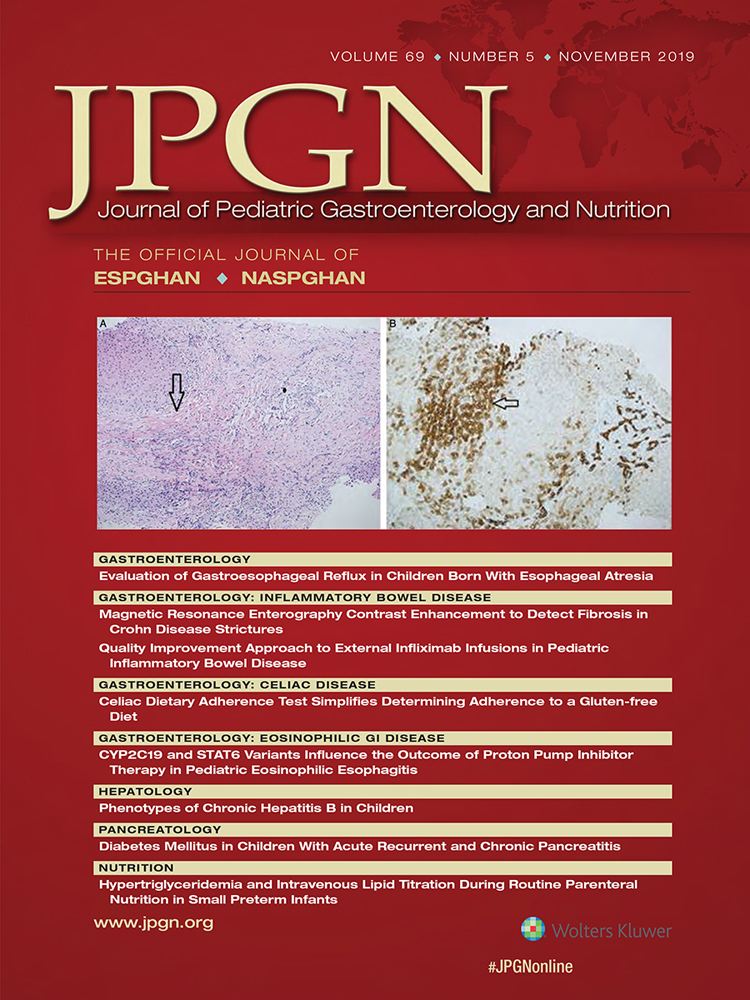Oxalate Content of Enteral Nutrition Formulas
The authors report no conflict of interest.
ABSTRACT
Objectives:
Patients requiring oral and/or enteral nutrition support, delivered via nasogastric, gastric, or intestinal routes, have a relatively high incidence of calcium oxalate (CaOx) kidney stones. Nutrition formulas are frequently made from corn and/or or soy, both of which contain ample oxalate. Excessive oxalate intake contributes to hyperoxaluria (>45 mg urine oxalate/day) and CaOx stones especially when unopposed by concomitant calcium intake, gastrointestinal malabsorption is present, and/or oxalate degrading gut bacteria are limiting or absent. Our objective was to assess the oxalate content of commonly used commercial enteral nutrition formulas.
Methods:
Enteral nutrition formulas were selected from the formulary at our clinical inpatient institution. Multiple samples of each were assessed for oxalate concentration with ion chromatography.
Results:
Results from 26 formulas revealed highly variable oxalate concentration ranging from 4 to 140 mg oxalate/L of formula. No definitive patterns for different types of formulas (eg, flavored vs unflavored, high protein vs not) were evident. Coefficients of variation for all formulas ranged from 0.68% to 43% (mean ± SD 19% ± 12%; median 18%).
Conclusions:
Depending on the formula and amount delivered, patients requiring nutrition support could obtain anywhere from 12 to 150 mg oxalate/day or more and are thus at risk for hyperoxaluria and CaOx stones.




